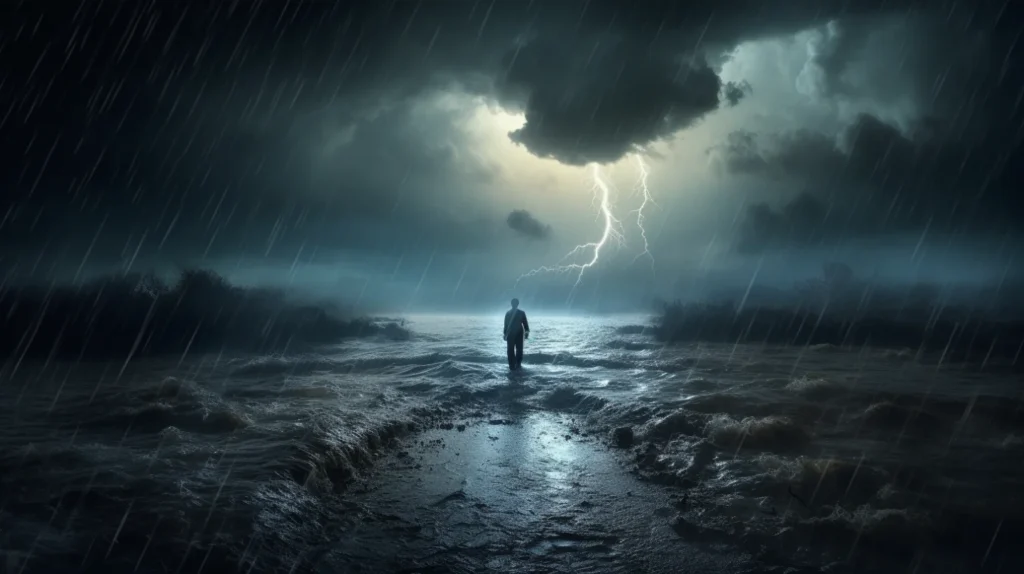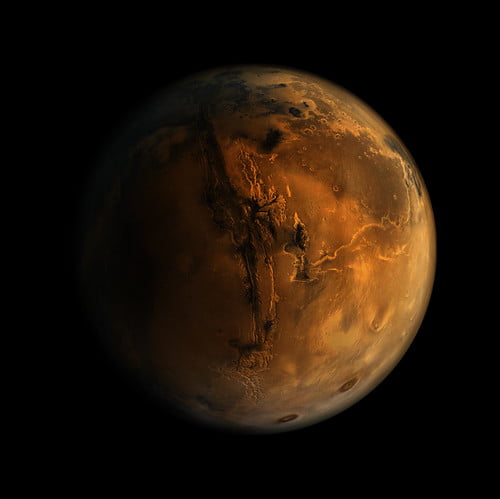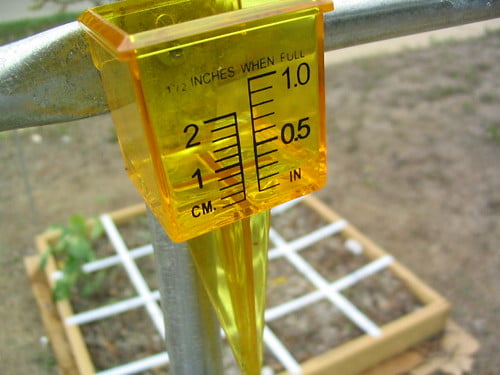61 Amazing Facts About Rain You Probably Didn’t Know

Rain is a common weather phenomenon that most of us have experienced countless times. But beyond getting your clothes wet, how much do you really know about rain? There are actually many fascinating facts and intriguing details about this form of precipitation that you may not be aware of.
In this article, we will uncover 60 amazing rain facts to pour over. From learning where the smell of rain comes from to find out where the wettest place on Earth is located, you’ll discover many interesting tidbits about rain. Let’s dive in!
Introduction
Rain occurs when water vapor in the air condenses into liquid water droplets that become heavy enough to fall to the ground. It is a major component of the water cycle and responsible for depositing most of the freshwater on Earth. Rain provides water for drinking, agriculture, and natural ecosystems. It also helps shape the environment by causing erosion and creating rivers and valleys over time.
While rain is commonplace, there are some intriguing facts about this weather wonder that may surprise you. We’ll uncover details about how rain forms, the different types of rain, record rainfall amounts, cultural connections, and much more. Read on to find 60 facts about rain you probably didn’t know before!
Facts About How Rain Forms

Let’s start by looking at some of the basics behind how rain develops in the atmosphere.
1. Rain forms through the process of condensation
Rain occurs when invisible water vapor condenses onto microscopic particles suspended in the air, forming visible cloud droplets. When these droplets grow large enough, they fall as precipitation.
2. Cloud droplets need something to condense onto
Dust, smoke, pollen, salt from the ocean – all of these particles in the air provide surfaces that water vapor can condense onto to create cloud droplets.
3. Raindrops start out very small
When cloud droplets first form by condensation, they are only about 10 microns wide – smaller than the diameter of a human hair (droplets between 0.0001 and 0.005 centimeters in diameter)!
4. Raindrops grow by colliding and combining with other droplets
As they fall through the cloud, droplets collide and merge, growing larger and larger. This process is called coalescence.
5. Raindrops reach maximum size when they are about 4-5 mm wide
Once raindrops grow larger than 4-5 mm in diameter, they become unstable and break apart into smaller drops. This limits how large raindrops can become.
6. Raindrops are not tear-shaped
Contrary to popular belief, raindrops are spherical when they first form and take on a “hamburger bun” shape as they fall.
7. Raindrops can reach speeds of up to 20 mph
Larger raindrops fall more quickly, reaching terminal velocities of about 20 mph as they descend through the atmosphere. Smaller drops only reach speeds of 8-10 mph.
8. Raindrops take about 1.1 minutes to fall from a cloud to the ground
Raindrops fall at an average speed of about 14 miles per hour. If the base of the cloud is 2,000 feet above the ground, it takes raindrops about 1.1 minutes to reach the ground
Facts About Different Types of Rain

Beyond your average shower, there are actually many different types of rain that occur under specific conditions.
9. Virga rain evaporates before reaching the ground
When the air beneath a cloud is very dry, raindrops can completely evaporate on the way down. This is called virga.
10. Freezing rain forms when raindrops pass through a cold layer
If there is a shallow cold layer near the surface, raindrops can freeze as they pass through it, hitting the ground as frozen raindrops known as freezing rain.
11. Acid rain has a high concentration of acids
Rain naturally has a slightly acidic pH due to dissolved carbon dioxide. But acid rain contains additional nitric and sulfuric acids formed from human pollution.
12. Black rain contains soot and ash particles
After volcanic eruptions or large fires, rain can pick up soot and ash particulates as it fall, darkening the color.
13. A sunshower means rain is falling from some clouds while others are clear
Also known as a sun shower, this phenomenon occurs when it is raining from one group of clouds over a certain area but not from clouds elsewhere in the sky.
14. Precipitation can fall as hail instead of rain
Strong updrafts in thunderstorms carry raindrops upward where they freeze into balls of ice. These then fall as hailstones.
Facts About Record Rainfall Extremes

Rainfall totals can vary tremendously around the world and from storm to storm. Check out these record amounts.
15. The most rain to fall in one minute is 1.5 inches (38 mm)
This extreme record was set in Barot, Guadeloupe, on November 26, 1970.
16. The most rain recorded in one hour is 12 inches (305 mm)
This record was set in Holt, Missouri, on June 22, 1947. The storm that caused this extreme rainfall was a local intensification of a long, narrow, warm-sector convective system, with a very strong inflow of moist air.
17. The most rain in one day fell during Tropical Storm Lane in Hawaii in 2018
Hurricane Lane was the wettest storm on record in Hawaii. The storm brought torrential rainfall and strong winds to the state in late August 2018. The storm’s peak rainfall accumulations were 58 inches (1,473 mm) along the eastern slopes of Mauna Kea.
18. The wettest month on record is 353.0 inches (8,967 mm)
This was recorded at Cherrapunji, India in July 1861 in the midst of the monsoon season.
19. The wettest year was 23,000 mm (905 inches) in Mawsynram, India
Also located in Cherrapunji, Mawsynram holds the record for the most rain in one year, with 23,000 mm (905 inches) recorded in 1861.
20. Antarctica is the driest continent, receiving only 6.5 inches (165 mm) annually
Despite being covered in ice and snow, very little moisture falls over Antarctica. It is the driest continent on Earth.
Facts About the Impacts of Rain

Falling from the sky, rain impacts many aspects of our lives and planet.
21. Raindrops can fall at speeds over 20 mph during storms
Strong winds can accelerate raindrops to speeds over 20 mph. The impacts sting and can injure exposed skin.
22. Rain cleans the atmosphere
Rain washes particles and pollutants out of the air, helping cleanse and refresh the atmosphere after periods of dry weather.
23. Rain is the primary source of fresh water in rivers and lakes
Other than direct sources like springs and underground aquifers, rain provides the freshwater that fills rivers, streams, and lakes.
24. Rainwater and runoff provide important nutrients for plants
Water flowing over soil suspends sediments and nutrients like nitrogen and phosphorous that nourish plants and fertilize the landscape.
25. Rain can cause damaging floods
Excessive rainfall over a short period of time causes flash floods. Tropical cyclones also bring intense rain that causes river flooding.
26. Rain shapes the land through erosion and deposits sediment
Over time, flowing rainwater shapes landscapes by eroding soils and moving sediments that form deltas, canyons, and riverbeds.
27. Rain has altered the course of human history
By aiding agriculture and providing fresh water, rain has enabled civilizations to develop and thrive. Lack of rain has also led to collapse and migration.
Facts About Raindrop Formation

The structure and anatomy of rain tell us a lot about how it forms and behaves.
28. Raindrops flatten as they fall
Air resistance flattens the bottoms of drops into a hamburger bun shape. Larger drops flatten more.
29. Colliding raindrops make a characteristic sound
When drops collide and merge, trapped air escapes violently, creating a sharp cracking or hissing noise.
30. Smaller drops are spherical while large drops distort
Drops smaller than 1 mm stay spherical. Larger drops become distorted parachute shapes before breaking apart.
31. Raindrops contain dissolved gases from the atmosphere
As raindrops form, they absorb atmospheric gases like nitrogen, oxygen, and noble gases.
32. Raindrops fragment when they get too large
Above 4-5 mm diameter, air resistance overcomes surface tension causing large drops to fragment into smaller sizes.
Facts About the Smell, Color, and Composition of Rain

Rain has distinct qualities beyond just being wet.
33. Petrichor is the smell of rain
This distinct scent comes from oils secreted by plants that are spread by raindrop impacts on soil.
34. The color of rain depends on what’s in the atmosphere
Dust and particulates give rain a cloudy appearance. Pollutants lead to dark rainfall. Rain’s naturally clear.
35. Raindrops contain dissolved materials
In addition to gases, raindrops contain dissolved dust, sea salt, microbes, and organic matter picked up as they form.
36. Rain can contain bacteria and viruses
Bacteria, viruses, and other microorganisms from air and surfaces get scavenged into raindrops as they develop.
37. Raindrops are slightly acidic
Carbon dioxide dissolves into droplets, giving rain a slightly acidic pH around 5.6 (compared to neutral water at pH 7).
38. Rain cleans particulates from the air
Chemicals, dust, ash, and other particles in the atmosphere get absorbed into raindrops and washed out.
Facts About Rain’s Role in Culture

For millennia, rain has played an important role in many human cultures and belief systems.
39. Many cultures have performed rain dances to bring rain
Rain dances and rituals have been carried out by Native American, African, and other cultures to try to invoke precipitation.
40. Rain features in mythology and religion
The Aztecs worshipped the rain god Tlaloc. In the Bible, the Great Flood covered the world with 40 days of rainwater.
41. Rain symbolizes life, renewal, and growth in many cultures
Because rain nourishes crops and provides water, it is seen as allowing life to flourish by many cultures.
42. The Greek philosopher Aristotle pioneered early rain studies
Around 340 BC Aristotle studied rain, clouds, and moisture cycles, paving the way for modern meteorology.
43. Rain has inspired art, literature, and music
Many works of art portray or reference rain, including Showers by Louis Wain, Gene Kelly dancing in Singin’ in the Rain, and the Beatles’ song Rain.
44. Rain forecasts helped plan the D-Day invasion
Precise rain predictions helped forecast a break in storms needed for the WWII Allied invasion of Normandy on June 6, 1944.
Facts About Rain on Other Planets

Rain occurs on some of our planetary neighbors but with a few twists.
45. Venus has sulfuric acid rain
Runaway greenhouse gases create extreme heat and pressure. Rainfalls there contain concentrated sulfuric acid.
46. Mars once had rain in the form of ice and snow
Evidence of dried river valleys indicates liquid precipitation fell early in Mars’ warmer, wetter past.
47. Rain falls on Titan but as liquid methane and ethane
Saturn’s moon Titan has an atmosphere where hydrocarbons like methane and ethane condense and fall as rain.
48. The Moon causes rain showers on Earth by influencing winds
The Moon’s gravity pulls on air masses causing rising and sinking motions that create storms and rain.
49. Warm Jupiter exoplanets have exotic metallic rain
On intensely hot gas giants, iron droplets and liquid rubies may fall as metallic rain through the high-pressure depths.
Facts About Measuring and Predicting Rain

Meteorologists use a variety of tools to measure rainfall and forecast when and where it will fall.
50. Rain gauges measure liquid precipitation
Simple cylindrical containers collect rain for meteorologists to quantify how much fell over an interval of time.
51. Radar detects rainfall intensity
Doppler radar identifies areas of precipitation and measures how strongly it is raining.
52. Weather balloons gather data on humidity, winds, and air layers
Instrument packages carried skyward provide data for models to predict areas of rising air favorable for rain.
53. Satellites track the movement of moisture
Geostationary satellites orbiting above a fixed spot monitor the flow of water vapor to predict where rain will form.
54. Supercomputers crunch massive amounts of weather data
Complex mathematical models simulate the atmosphere and how it interacts with land and oceans to forecast rain probabilities.
55. Meteorologists consider many factors in rain forecasts
Wind flow, instability, dry air, and terrain all influence whether showers will occur and where they are likely.
Facts About World Rain Patterns

Rainfall distributions follow seasonal paths and cycles driven by global weather patterns.
56. Much of India’s rain falls during Monsoon season
Wet southeasterly winds bring heavy rain to southern Asia from June to September during the Southwest Monsoon.
57. El Niño shifts rainfall patterns over the tropics
The El Niño ocean warming cycle causes droughts in Australia, Southeast Asia, and Africa but more rain along the South American west coast.
58. The Intertropical Convergence Zone circles the tropics
This band where trade winds converge brings frequent thunderstorms and rain as it migrates north and south with the seasons.
59. Warm ocean currents carry abundant moisture
Warm currents like the Gulf Stream provide moisture-fueling rain as they move from the tropics toward the poles.
60. Mountains force air upwards, generating rain on their windward slopes
As prevailing winds blow over ranges like the Andes, air is forced upward condensing enormous rainfall.
Conclusion
After reading through these 61 facts, it’s clear there is much more to rain than meets the eye! We explored how it forms, different types of rain, and record-setting extremes. Details about raindrop chemistry, the cultural significance of rain, and patterns around the globe reveal the complexity behind this common weather phenomenon. The next time you get caught in a downpour, remember just how fascinating precipitation can be!
So there you have it – 60 intriguing facts about rain you probably never knew before. Whether you want to learn about the various shapes raindrops take as they fall from the clouds or discover which spot on Earth is the wettest, we covered a wide array of information about this weather wonder. Rain plays an essential role on our planet, so take a moment the next time it’s pouring down to appreciate the beauty and complexity behind those falling water droplets.





